Stop Wasting Money on Bad Olive Oil: A Guide to Buying the Good Stuff
I’ll never forget my first taste of real olive oil. It wasn’t the bland, pale yellow stuff I’d grown up with. I was in a tiny kitchen in the Greek countryside, watching an older woman whip up a simple lunch. She grabbed a bottle and poured this thick, greenish-gold liquid over some fresh tomatoes and feta. The aroma was unreal—like pepper and freshly mown grass all at once. When I took a bite, a surprising peppery kick caught the back of my throat. I honestly thought something was off, but she just smiled and said, “That’s the life in the oil.”
That one moment completely changed my relationship with this ingredient. Throughout my career in professional kitchens and consulting for small olive growers, I’ve learned that olive oil isn’t just another cooking fat. It’s a fresh agricultural product, like wine or coffee, with seasons, varieties, and clear signs of quality. Understanding it means you get what you pay for, and, more importantly, your food will taste infinitely better.
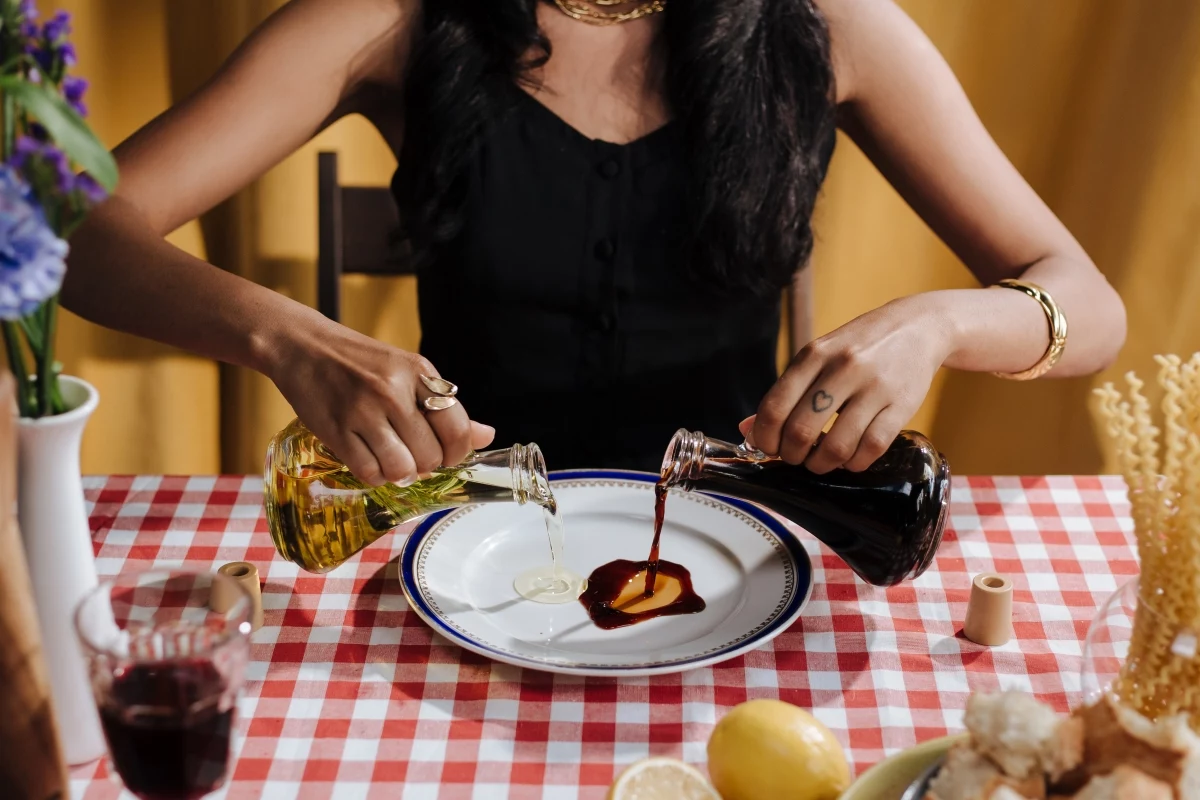
So many people make honest mistakes with olive oil, wasting money and missing out on incredible flavor. My goal here is to share what I’ve learned, so you can walk down that grocery aisle with confidence.
Let’s Geek Out for a Second: The Science in the Bottle
To really get what makes a great olive oil, it helps to know a tiny bit of the chemistry. Don’t worry, this isn’t a science test. Knowing two key terms—free fatty acidity and polyphenols—is your secret weapon for spotting quality.
Free fatty acidity (or FFA) is basically a report card for the olives. When an olive gets bruised, damaged, or sits around too long after being picked, enzymes start breaking down the oil. This process creates free fatty acids. So, a high FFA number means the oil came from stressed-out fruit or sloppy production. To be called Extra Virgin Olive Oil (EVOO), the international standard is an acidity of 0.8% or less. But here’s a pro tip: the really high-quality stuff, the kind you find at specialty shops, often boasts an FFA below 0.3%. It’s a direct measure of how well the fruit was handled.
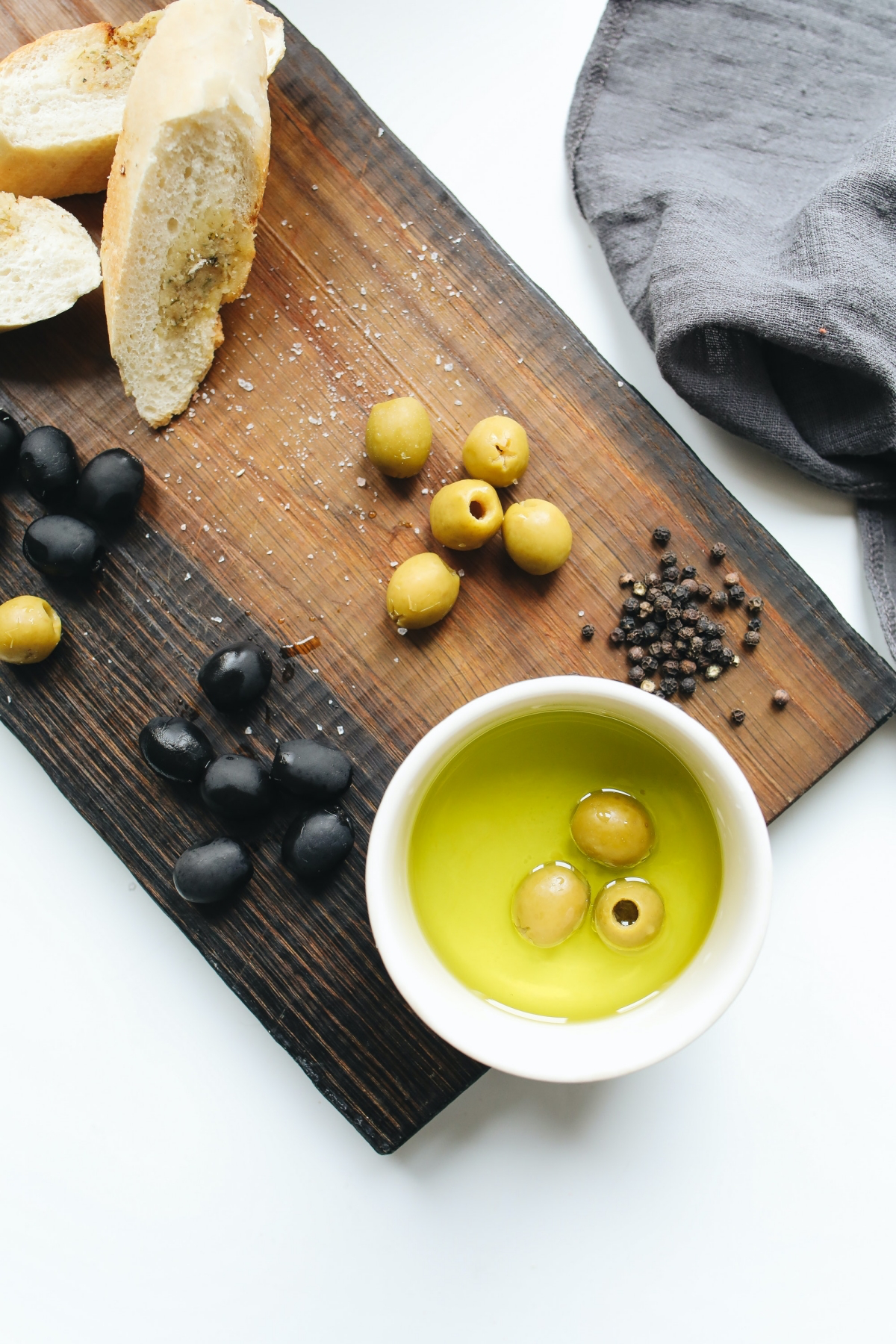
And then you have polyphenols. These are the good guys—natural antioxidants that give fresh, high-quality olive oil its signature flavors. We’re talking about that bitterness on your tongue and that peppery sting in your throat. That tingle is actually caused by a specific polyphenol called oleocanthal, which has some amazing anti-inflammatory properties. So next time you taste an oil that seems a little bitter or spicy, don’t think it’s gone bad. That’s a huge green flag! It’s a sign that the oil is fresh, packed with healthy compounds, and will have a longer shelf life.
Decoding the Labels: EVOO, Light, and Everything in Between
The oil aisle can be a confusing place. You’ve got “Extra Virgin,” “Pure,” and “Light” all screaming for your attention. They are absolutely not the same thing, and using the right one for the job is step one.
- Extra Virgin Olive Oil (EVOO): This is the top dog. It’s the pure, unrefined juice from the first, cold extraction of the olives.
Galerie d’inspiration

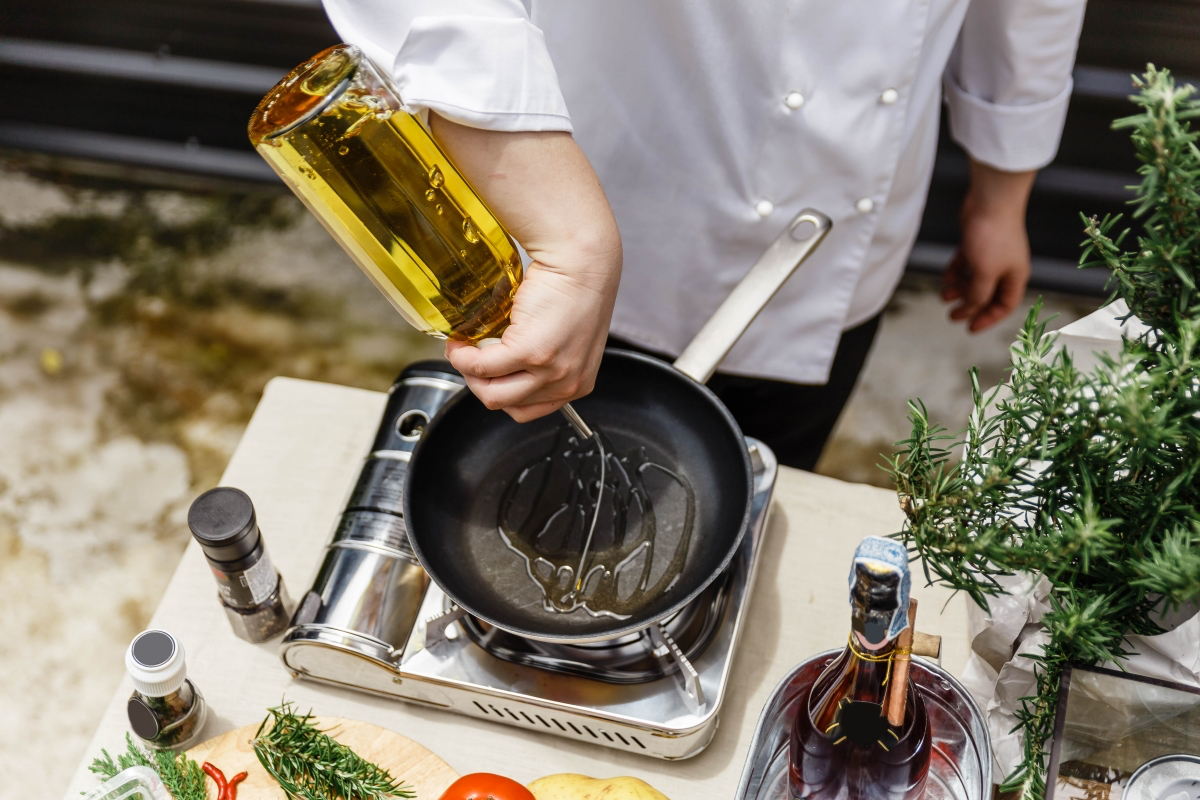
When you’re ready to explore beyond the supermarket aisle, two terms will guide you to exceptional oils:
- Monovarietal: An oil made from a single type of olive, like a grassy and bold Koroneiki from Greece or a buttery, mild Arbequina from Spain. It’s a pure expression of that olive’s unique character.
- Blend: A thoughtfully crafted mix of different olive varietals. Master blenders combine them to create a balanced, complex, and consistent flavor profile, much like a winemaker blends grapes.
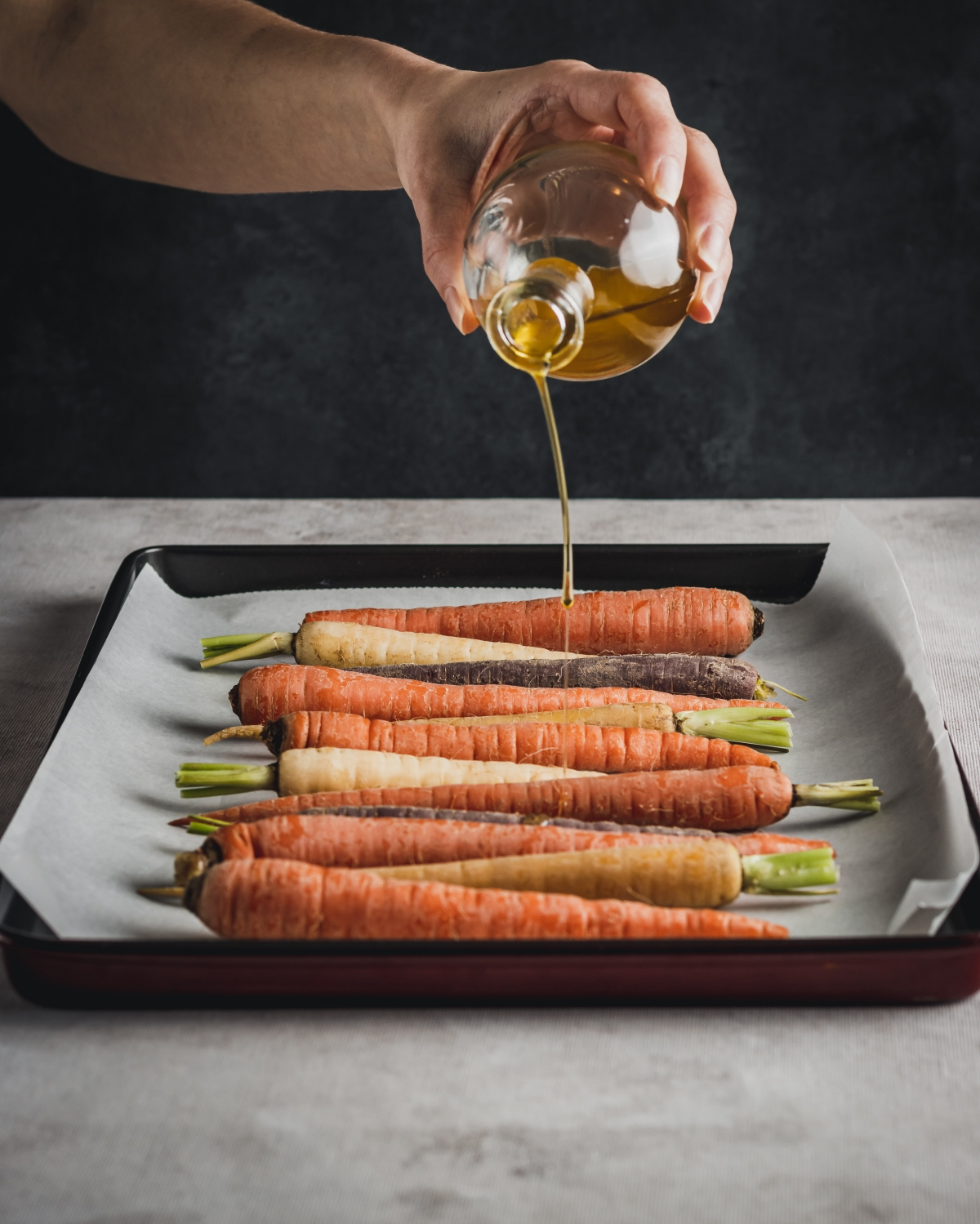
Did you know? True Extra Virgin Olive Oil should have a peppery or bitter kick. This sensation, felt at the back of the throat, is caused by oleocanthal—a powerful anti-inflammatory polyphenol. A smooth, bland oil is often a sign of low quality or age.

What does the harvest date on a bottle actually tell me?
Everything. Unlike wine, olive oil does not improve with age. The harvest date is the single most important indicator of freshness. Always look for the most recent harvest available (typically in the autumn of the previous year). A “best by” date, which can be up to two years after bottling, is far less reliable. For peak flavor, aim to consume your oil within 12-18 months of its harvest date.
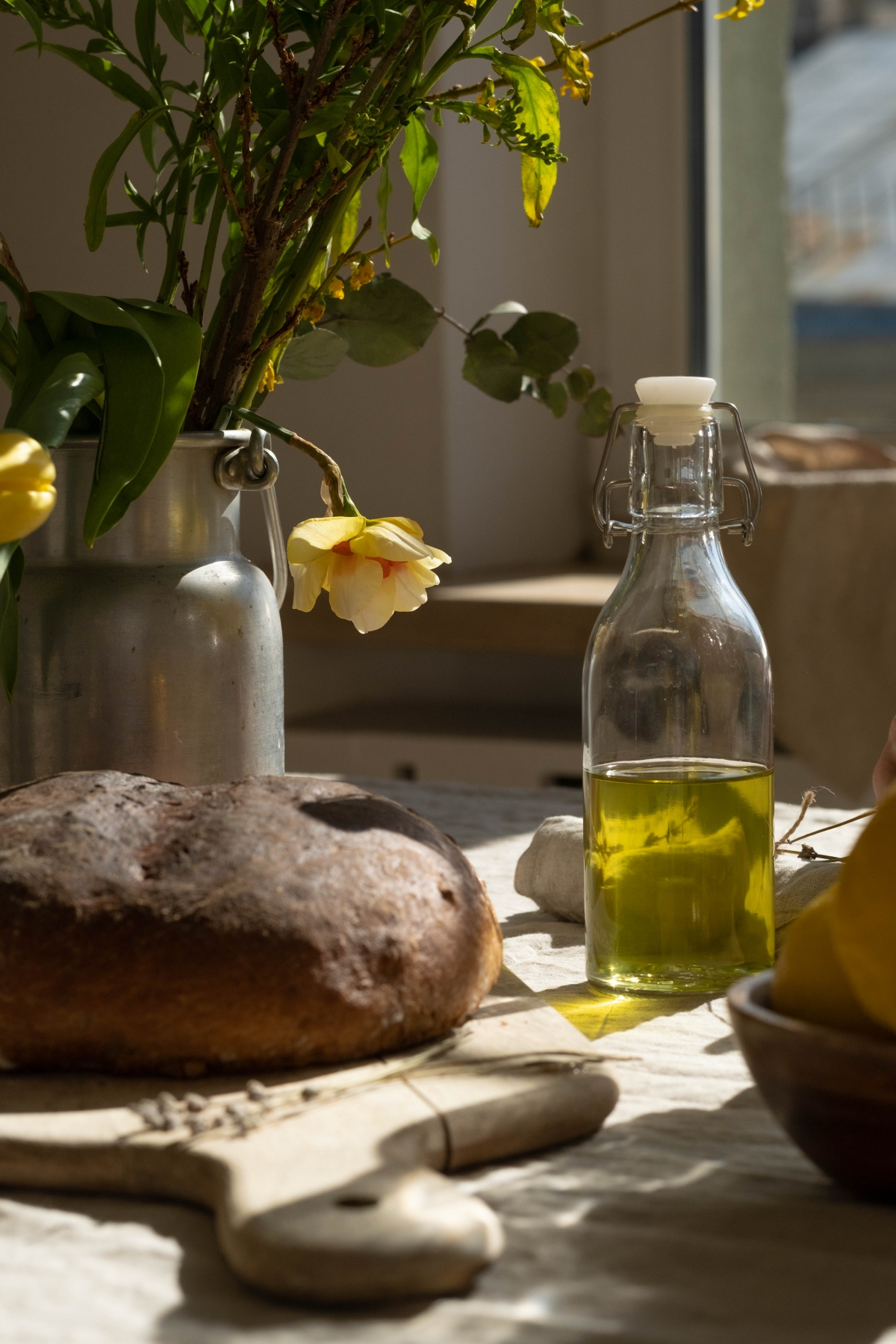
The finishing touch: Don’t waste your best oil on high-heat cooking. Instead, adopt the two-oil method. Use a good-quality, everyday EVOO for sautéing and roasting. But save that exceptional, pricier bottle—perhaps a peppery Tuscan oil from Frescobaldi Laudemio or a fruity one from California Olive Ranch’s Reserve collection—for drizzling over dishes just before serving. This “finishing oil” preserves its delicate aromas and potent health benefits.
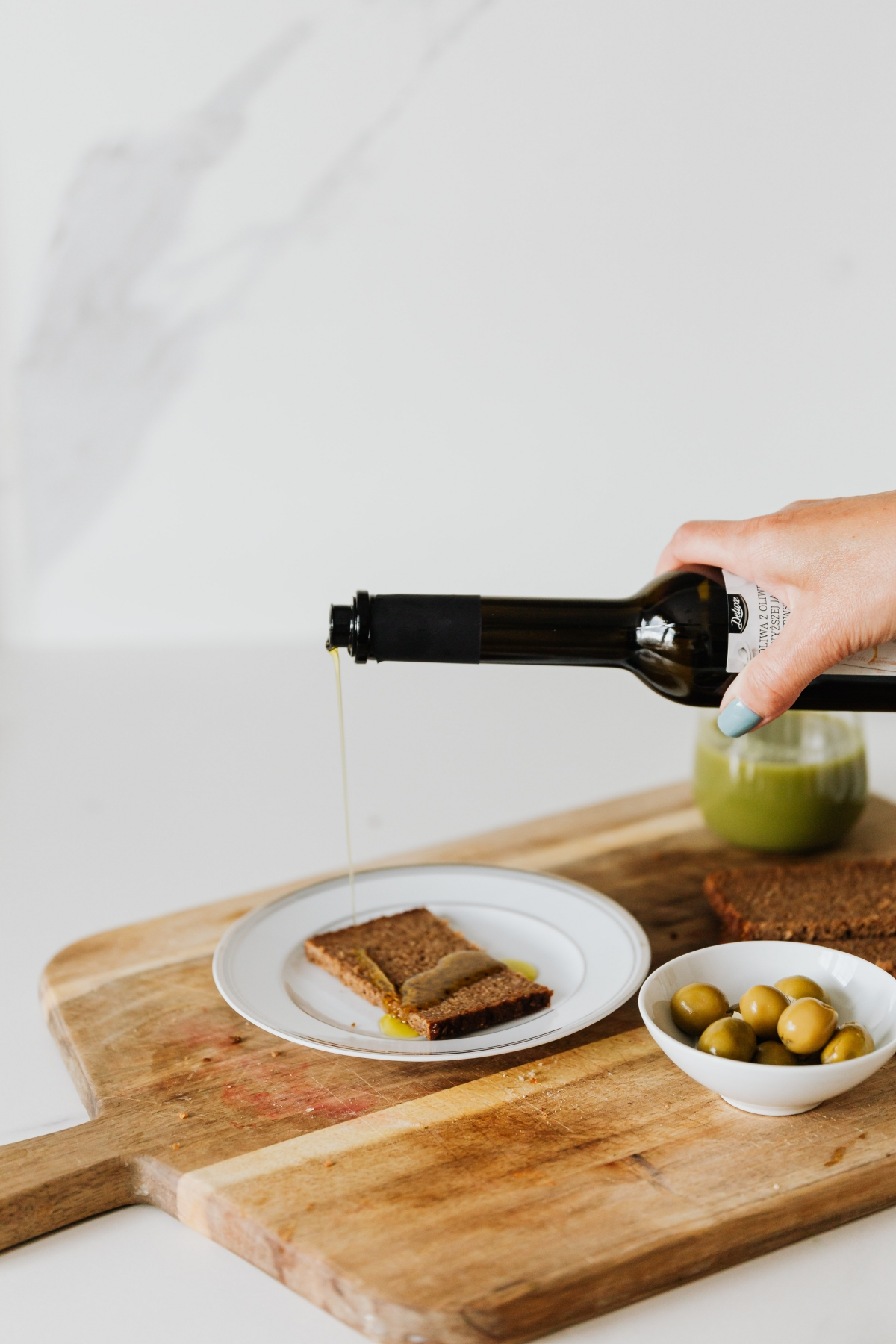
- It guarantees the olives were grown, pressed, and bottled in a specific geographical region.
- It ensures the producers followed strict, traditional production methods.
- It serves as a legal protection against fraud.
The secret? Look for official seals of origin. Designations like DOP (Denominazione d’Origine Protetta) in Italy or PDO (Protected Designation of Origin) across the EU are your assurance of authenticity and traceability right back to the grove.
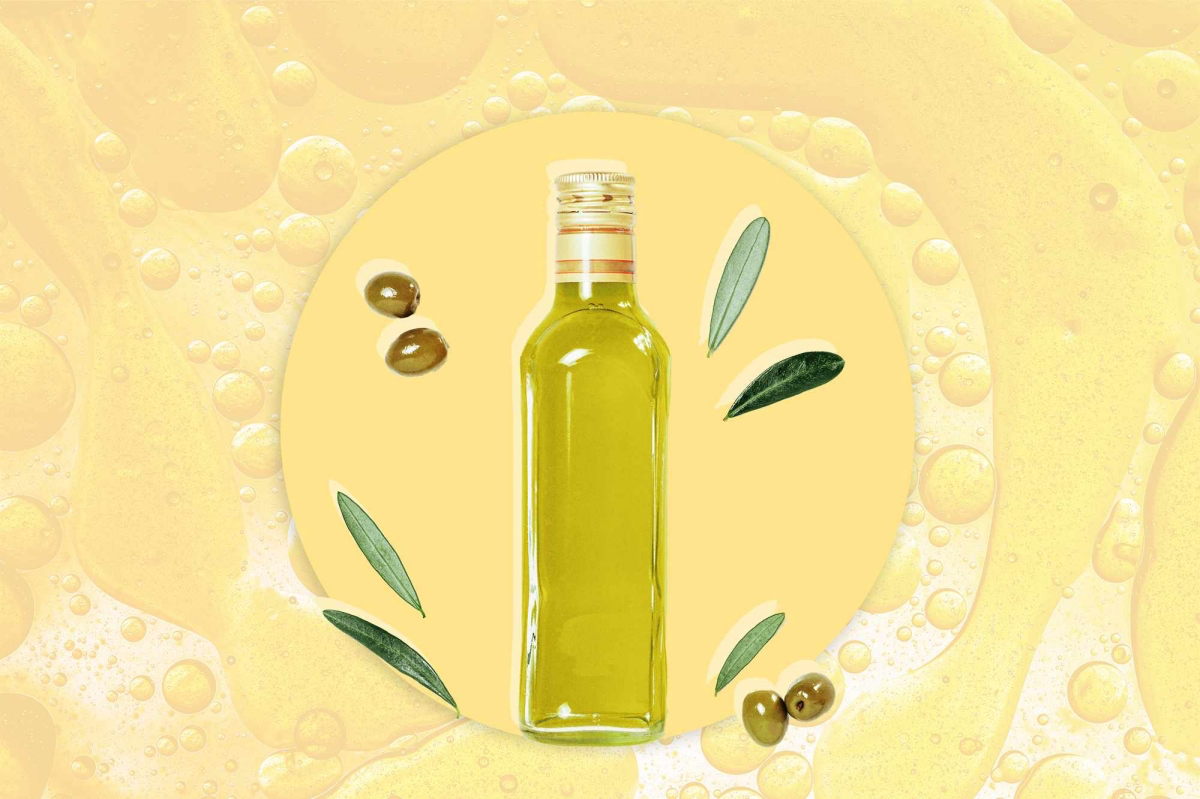
Tin Can: An excellent choice for preserving freshness. It offers complete protection from light and is less fragile than glass, making it great for shipping and handling. The only downside is you can’t see how much is left.
Dark Glass Bottle: The classic choice for quality oil. Dark green or brown glass effectively blocks harmful UV rays that can degrade the oil. It feels premium and allows you to gauge the quantity easily.
Ultimately, both are far superior to clear or plastic bottles, which should always be avoided.
Don’t be fooled by the term










